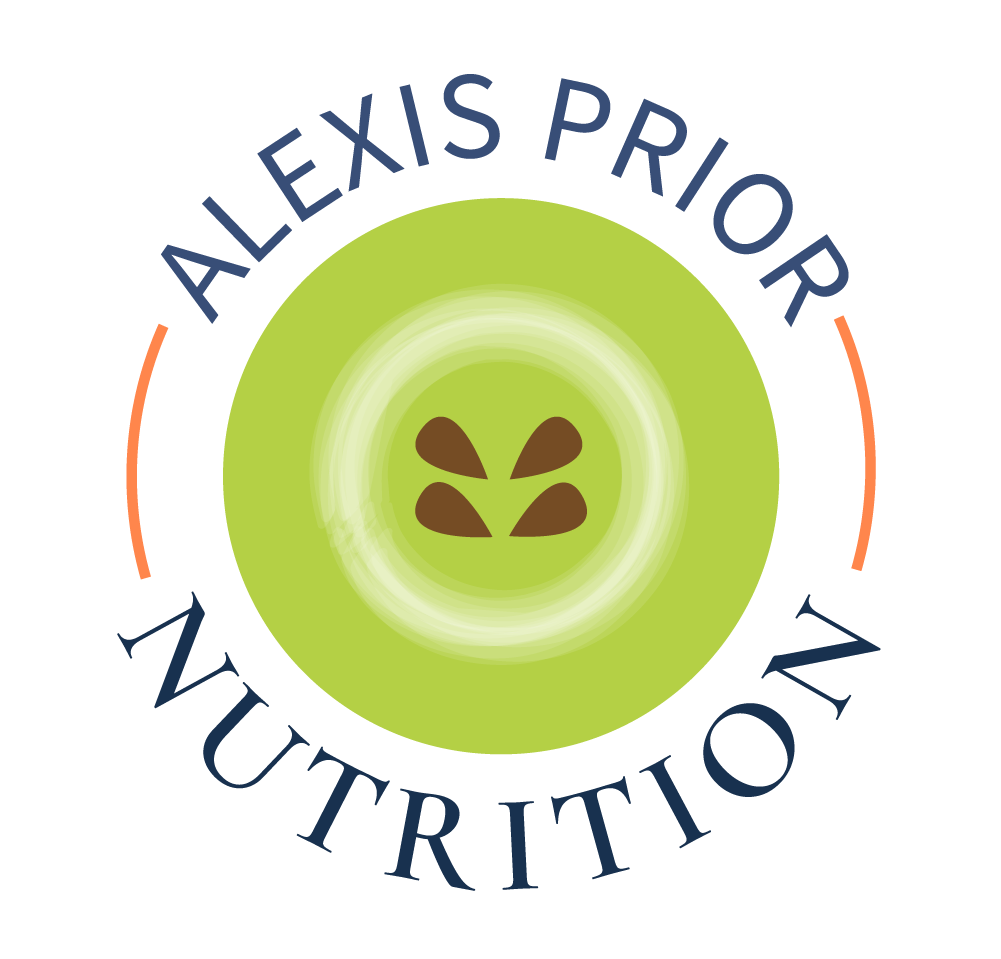Why We Need To Reframe Our Approach To Weight Gain In Menopause
Unexplained weight gain during the menopause transition, is one of the key reasons clients seek my help.
It is frustrating and alarming to find that the hourglass figure we used to have and keep by hitting the cardio and dropping calories, seems to be changing into an apple shape regardless of what we do. We may also have found that dieting leads to even more weight gain. And whilst we may not have the same body anxieties as when we were younger, we probably want to feel good in our clothes, and prevent long-term health issues such as Type 2 Diabetes!
So, let’s dig a bit deeper into the science as to how this can happen, and then look at a better approach to managing our weight, that feels more positive than doing even more cardio and eating even less food! It’s a bit science-y, but bear with me because it’s important!
A big part of the answer is in understanding the roles of oestrogen and muscle, and how they affect our metabolism.
Oestrogen throughout our lifespan
1. Pre-menopause – we have a beautiful natural monthly cycle with regular ups and downs of oestrogen and progesterone.
2. Perimenopause - we experience erratic and huge peaks and dips of oestrogen which can result in typical menopausal symptoms like hot flushes, night sweats and mood issues.
3. Postmenopause (1 year and 1 day after our last period) we have negligible amounts of oestrogen (although our adrenal glands and fat tissue still produce a small amount).
Why is oestrogen important for metabolism?
- It is responsible for our womanly characteristics such as an hourglass shape with a more pronounced waistline (if you’re lucky!)
- It promotes Insulin Sensitivity. This is key, it means that the body handles blood glucose optimally, so we don’t gain weight and suffer poor health
- It supports healthy muscle mass. This is crucial for our metabolism to function well
- It maintains our metabolic rate ie the ability to burn calories and produce energy
- It is a natural appetite suppressant!
So what happens when oestrogen levels drop during menopause?
- Our body shape changes with a thickening of the waist and we become slightly more android in shape
- We can become insulin resistant
- We lose muscle mass
- Our metabolic rate can decline
- We get hungrier and want to eat all of the things!
So what’s the answer?
1. We need to support our metabolic resilience
This means we need to help our metabolism cope with the effects of hormone changes on our body composition. It includes supporting insulin sensitivity by looking at dietary changes AND removing or avoiding (where possible) the stressors in our lives.
Stressors can be physical such as alcohol, disease, poor gut health, poor sleep, chemical burden (including medications), as well as emotional.
In terms of diet, we need to look at the balance of carbohydrates, protein and fat, as well as micronutrients such as vitamins and minerals that support metabolism. There are also some very helpful nutritional supplements that might be appropriate.
Genetic predispositions can also impact how efficiently our metabolism works. Understanding our genetics and how they respond to nutrition can be very beneficial in optimising metabolic health.
2. We need to promote muscle growth in perimenopause, or at least muscle maintenance. Why?
- Muscle mass is a ‘metabolic driver’ – low muscle mass means a sub-optimal metabolism
- The more muscle we have, the more insulin sensitive we are – in other words, our muscle mass helps mop up glucose from the blood stream
- We naturally lose muscle mass from the age of 30 and as we saw earlier, declining oestrogen during the menopause transition means we lose even more. This is known as sarcopenia
- Sarcopenia is a bit grim. Studies show that as muscle mass declines, the tissue is infiltrated by fat tissue. This is a problem as fat is metabolically active and produces more inflammation in the body. Inflammation in itself reduces insulin sensitivity and contributes to poor metabolic health
- This is terrible for our long-term health, not just our metabolism but also because muscle helps keep us mobile and strong to reduce our risk of falls and fracture as we age.
- The answer is in focussing our exercise on muscle building AND ensuring we eat the right levels of protein and other nutrients for muscle growth and maintenance.
In Summary
- As you can see, just reducing calories and increasing exercise probably won’t cut the mustard. Of course, we don’t want to overeat, and we should all move well, but we need to learn the right way to do these for our bodies, especially during the perimenopause and menopause transition.
- The right path is essentially the one that works for you. We all have different genetics, dietary preferences, hormone changes and stressors, so exploring these factors and finding action steps that you can make, is what can make the difference in the immediate and the long term.
If you would like my help and support in optimising your diet and lifestyle to help your metabolism and muscle mass, please do get in touch to book a no-obligation call by emailing me here
There is so much that is in our control!
